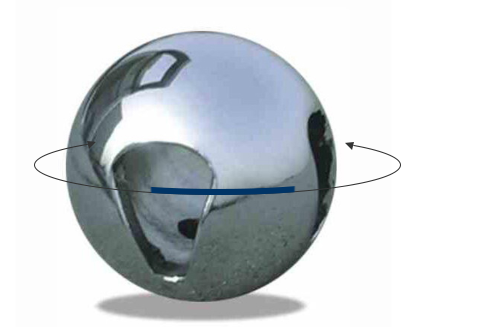1. Gate valves, Customized Balance Valve Ball, plug valves, ball valves, and butterfly valves designed to flow in both directions should be pressurized at each end of the valve in turn. At this time, the other end is opened and the atmosphere is passed to check the leakage at this end. The one-way flow ball valve and butterfly valve shall be pressurized in the direction of the inlet end of the valve according to the mark on the valve. When the sealing surface is coated with soapy water or a similar solution, the leak is detected by observing the bubble at the open end of the valve. Other means of measuring the amount of leakage consistent with the leakage specified in this standard may be used with the consent of the user and the manufacturer.
2. In addition to the Customized Ball Valve Ball of the wedge type single gate, the gate valve can pressurize the valve body between the two sealing faces through the threaded joint, and the leakage on the two sealing faces can be checked simultaneously or separately, according to the above provisions.
3. The gate valve can pressurize the sealing surfaces separately to check the leakage between the sealing surfaces as the leakage mark at the inlet end of the ram. In addition, except for the wedge type single gate valve, the gate valve larger than 2 inch pipe thread can be pressurized on both sealing surfaces at the same time. In this case, the leakage on the sealing surface should not exceed the sealing surface of the test. The amount of leakage allowed by the lock.
If the test method specified above is allowed, the threaded joint on the valve body shall not be larger than 1/2 inch pipe thread, and a solid screw equivalent to the valve body material or corrosion resistant not lower than the valve body material shall be installed before shipment. Plug
